Written by Nicole Van Zutphen, Multimedia Intern
Boat rides along the Alto Madre de Dios river, treks everyday surrounded by some of the richest biodiversity in the world, endless possible subjects and stimulation of ideas; the Manu Biosphere Reserve is ultimately any videographer or photographer’s paradise. I know it’s mine—but as a Torontonian who’s previous idea of strenuous excursion on a typical shoot day included a UHaul to carry the gear and the hottest temperatures coming from the artificial lights, I wasn’t exactly sure what to expect when it came to shooting in the Amazon rainforest.
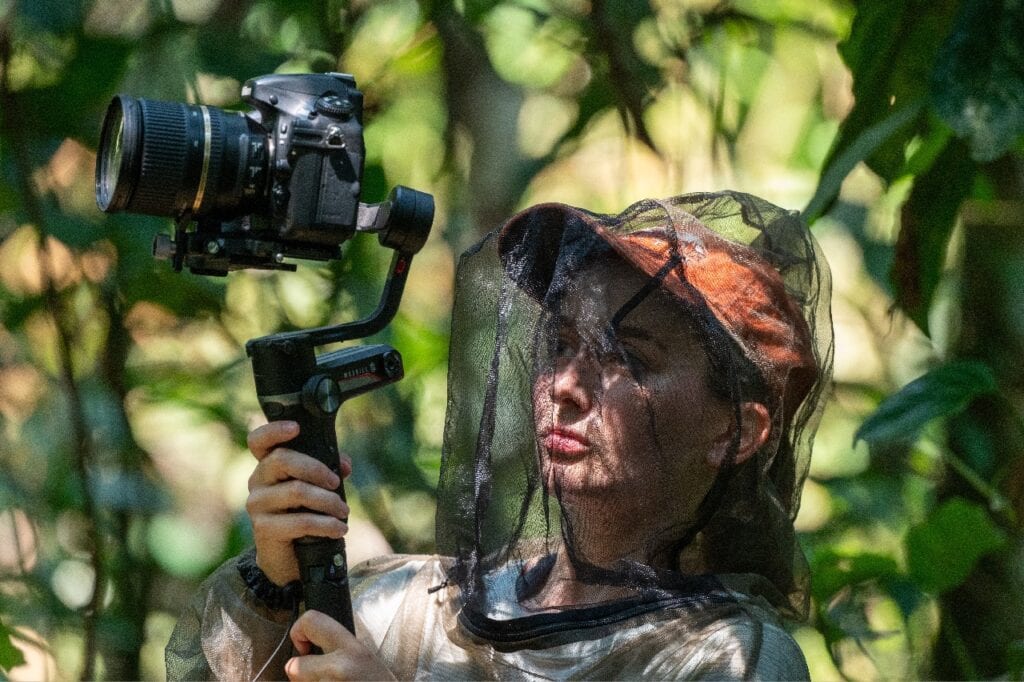
therefore keep the camera stable (and minimize bites!)
Thankfully, after being here a month, I’ve gained some experience handling what the jungle has to throw at me; however, that in no way means I’ve stopped learning, nor will I ever. Alongside everyday comes a new obstacle, a new experience to make the most of. So when it comes to packing up your gear and heading to a remote place like the Peruvian Amazon, what are some starting tips to optimize success and minimize an “oh crap” (or worse) scenario?
Research, research, then more research. Do not underestimate the importance of pre-production—planning and organization can make or break a project. Read up on where you’re going: the weather, the political climate, the communities, the environment and the wildlife it supports. Will you have access to electricity, wifi, phone signal, and if not, how can you mitigate it? Draft a risk assessment and consider everything that could possibly go wrong.
Yes, it will feel pessimistic, but this way you’re more likely to be ready for anything. Essential elements to add to your kit list include extra batteries, printed relevant documents (permits, insurance, budget, housing accomodations, release forms etc.), dry bags/silica gel packets to keep equipment as dry as possible (got to love that sweet rainforest humidity), and downloaded resources, like videos, to refer to when needed. Oh, and external hard drives, because: BACKUPS. Back in Toronto, if something went wrong on set, anyone could run to the closest hardware store within a half hour or whip out their phone and ask the all-knowing Google—not so simple in the Amazon.
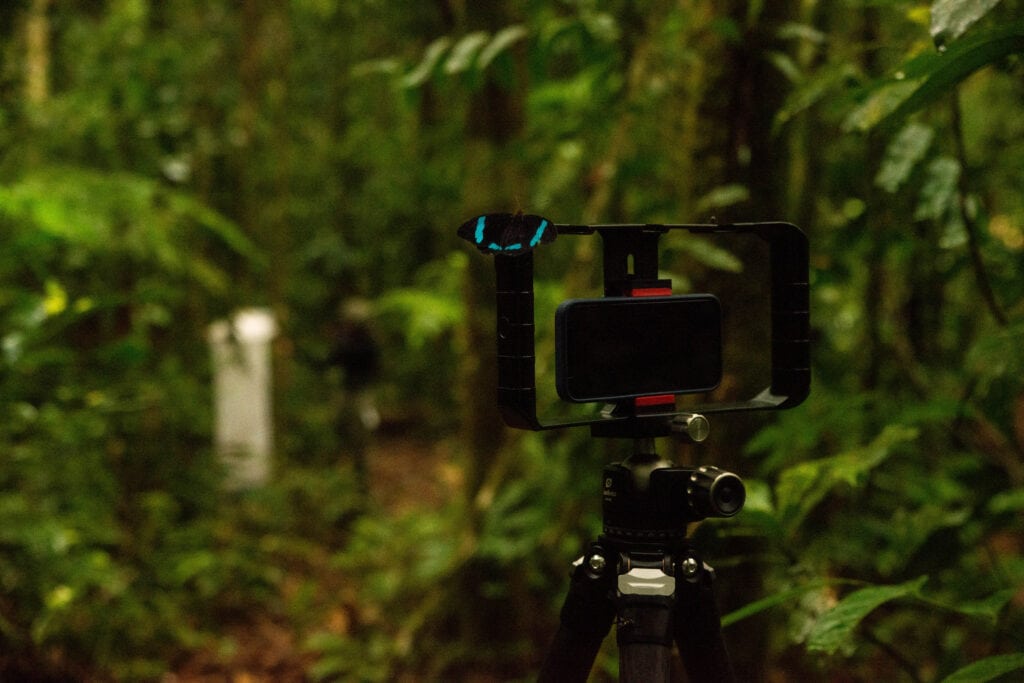
Know your equipment like the back of your hand. The last thing you want is to be out in the field and suddenly spot a group of black-faced spider monkeys or a blue headed macaw and miss the chance to get the photo/footage you want because you’re fumbling with camera settings (I’ve been there). Take the time beforehand to get comfortable with relevant equipment: tripod, gimbal, external flash, reflectors, hides, lens filters, lens hoods, mics, protective gear. Plan how you’ll pack it for a trek for quick access, carry it around, feel the weight.
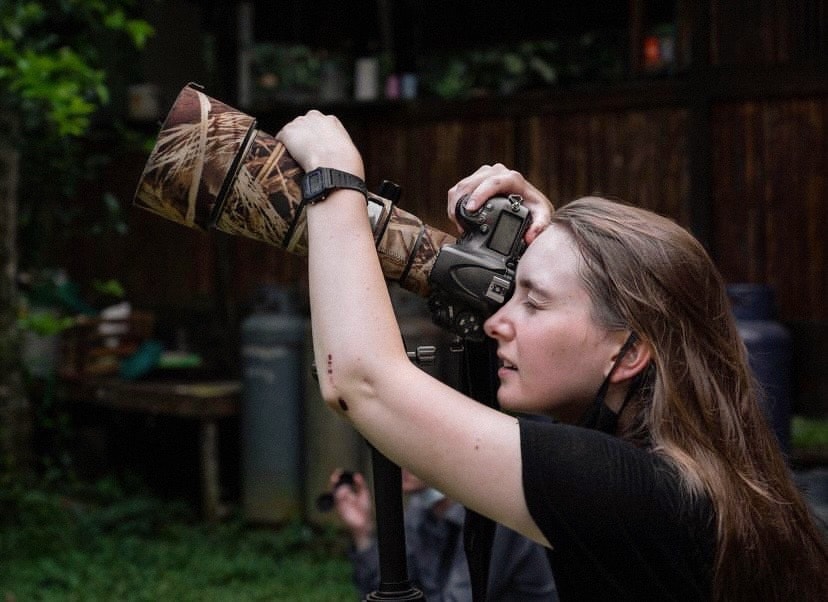
Perception and ethics. Media field work often has us investigating sensitive topics, recording wildlife/people who are at risk of feeling exposed or intruded upon. It’s essential to keep in mind that you’re a visitor; it’s your responsibility to respect the comfort of potential subjects. Don’t only think about what you’re seeing and what you’re capturing, but who is seeing you and how they feel about you being there. They’re not actors; you’re experiencing everything reality has to offer – beautiful, yet more complex than a choreographed set.
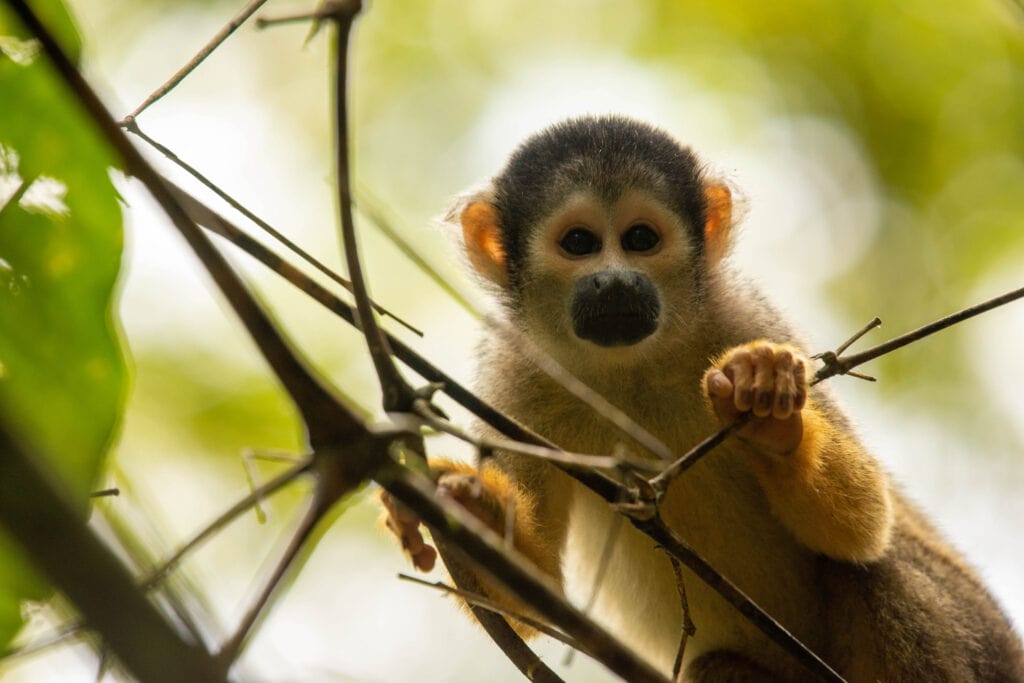
Finally, alert and attentive senses. It’s not just about safety—although, this is a priority—but to be lucky enough to witness truly incredible moments when it comes to wildlife, you need to keep tuned in to the environment that surrounds you. Smell the changes in the air, hear the unique bird calls, and yes, you may (will) feel a few bug bites, but media work is so commonly fast-paced – it’s ok to take a minute to absorb everything. Manu National Park, MLC’s home base, is so biodiverse because of its varying altitudes – elevation ranging from 4000 meters up, down to 600 meters above sea level. There’s always something new to notice.
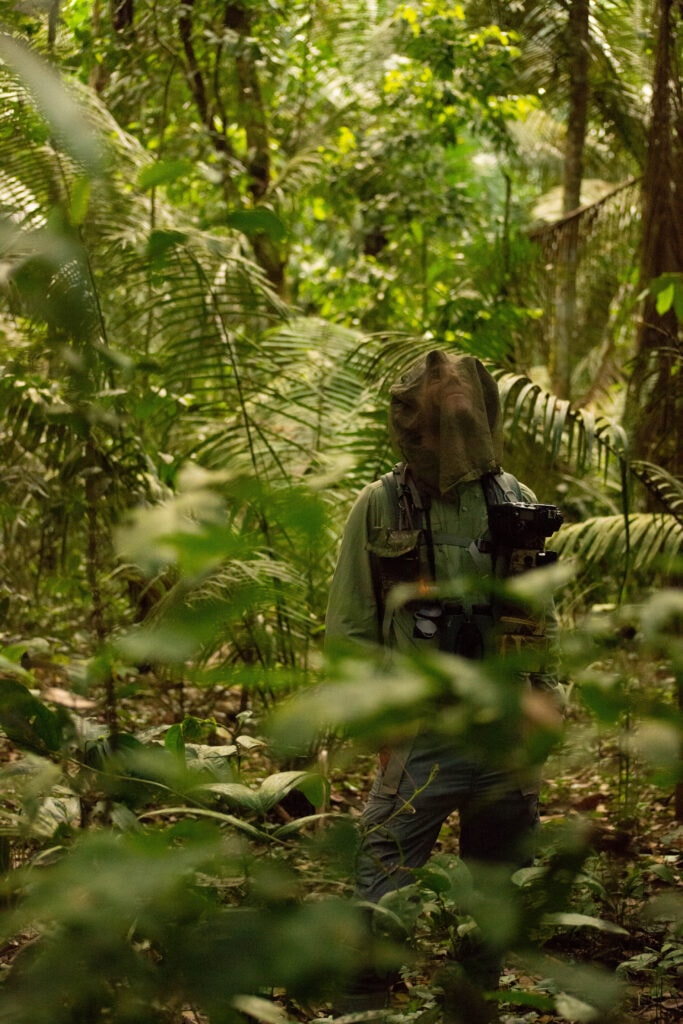
Like I said, I’m learning everyday about how to optimize every moment here, but so far these elements have been at the forefront of getting started. Next, comes the stories, and how to go about telling them so that people actually care. That’s what media work is—visual storytelling—and there are so many stories to tell. One of my favourite documentary photographers/film-makers, Alice Aedy, said, “it’s through stories that we dare to imagine a better world, one we urgently need”. So whether you’re in the Amazon rainforest, the Gobi Desert, the tundras of Alaska, or where you are right now as you read this—find the story you want to tell, and begin.


